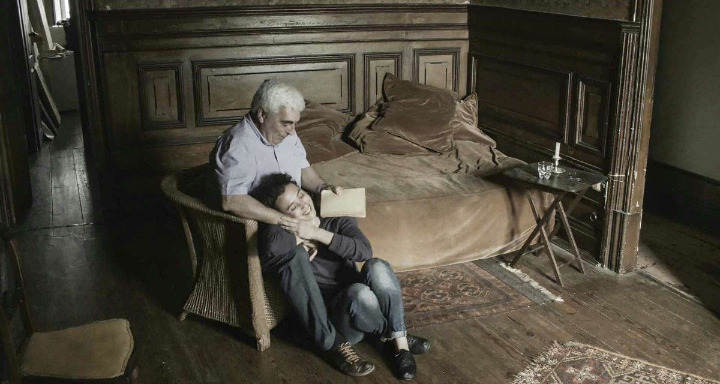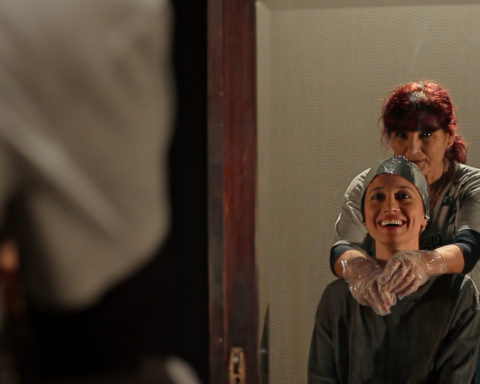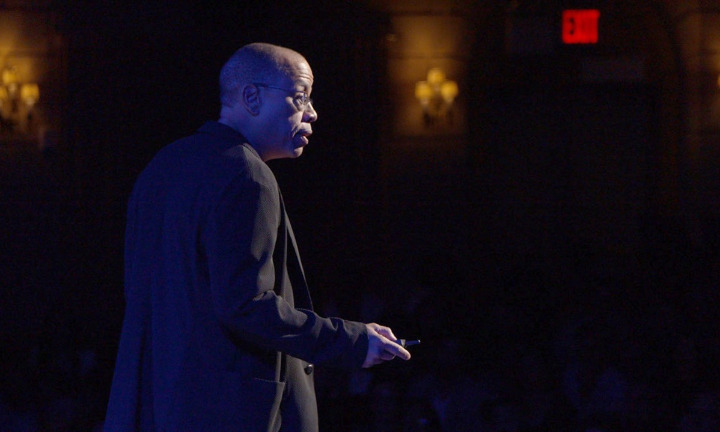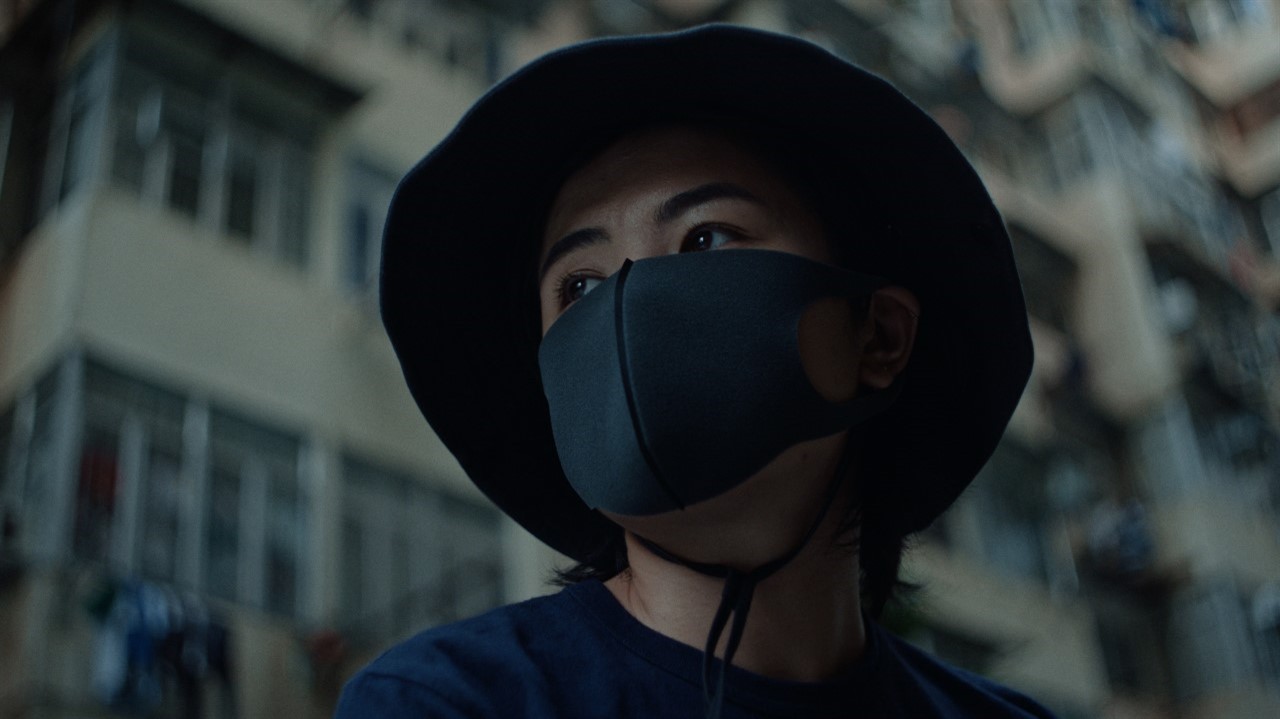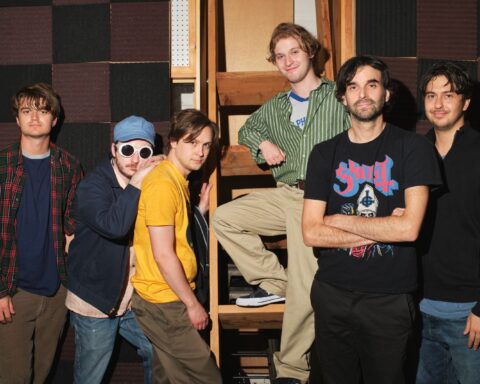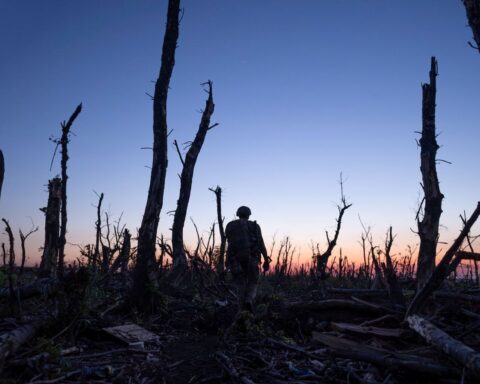For many of us, the past year has been a period of reflection. The isolation of COVID-19 has thrust us into a state of inertia. In the struggle to conceive what the future may look like, many of us have turned to the past. As our perception of time shifts and wanes, our memories and dreams bleed into each other. Images and experiences from films mix in with what was lived and felt. Our imagination and memories mix to create new worlds. In our strange era of confinement, we are bound by the shared experience of reflection and renewal.
The best films for this “moment” aren’t necessarily ones made for it. Currently streaming on Doc Alliance, a spotlight on contemporary Portuguese documentary cinema engages with the nation’s obsessions with time, memory and paradox. Of the dozen or so films, three stand out: Around the World When You Were My Age (2018), Correspondences (2016) and What Now? Remind Me (2013). In the tradition of Portuguese cinema, they subvert boundaries between waking and dreaming, truth and untruth in the pursuit of a new reality.
In 1969, Aya Koretzky’s father, Jiro, “thirty years young and had a lot of energy,” began his trip around the world, travelling from his home in Japan to Russia. Over the next year, his travels took him across Europe, North Africa and America. In total, his voyage was over 35,000 km. Decades later, he unearthed a box buried in his backyard containing mementos from his journey. He shared them with his adult daughter, the filmmaker. Part essay, part travelogue Around the World When You Were My Age follows his journey in the past through the eyes of the present.
The memories in Aya Koretzky’s film are structured around intergenerational relationships and search for answers related to national identities. Portugal was just one stop on her father Jiro’s journey at the time, though the country would eventually become his home. 25 years of living in Portugal has done little to strengthen his bonds to the European country. “My identity is a place far from here,” he tells his daughter. The film’s conversational tone employs two narrators; Jiro recounts his trip and his daughter, Aya, interrupts with questions and observations. While born in Japan, Aya was raised in Portugal, and she also struggles with her sense of home. “My dreams are in Portuguese now; they used to be in Japanese,” she explains.
The film’s voice-over and conversations exist extra-diegetically, and we rarely see anyone speak on screen. Mixing archival still and moving images with new footage shot on film, Koretzky offers a poetic merging with the past. As Jiro recalls his passion for gardening, Aya creates lush green plateaus of her father hidden by delicate pastel hydrangeas. Time has the power to alter and transform identities, but memories and a conception of home begin early and inevitably take shape. How much and how little has Jiro changed in the intervening years?
The film offers few answers and obfuscates any firm revelations. Aya will never know the young man who travelled across the world; he both is and is not her father, in the same way, Portugal is and is not her home. The tension between these realities drives the film and centres it within a greater tradition of Portuguese filmmaking that thrives in paradoxical and liminal spaces._ Around the World When You Were My Age_ not only tells the story of a trip around the world, it also reflects on the nature of the telling itself.
Among Portugal’s best-known filmmakers the line between fiction and nonfiction is blurred. Rather than embrace the fixed frameworks of fiction filmmaking, directors like Manoel de Oliveira, Miguel Gomes and Pedro Costa have embraced hybridity where art, memory and fiction blur, creating a new reality. In a nation with relatively few production means, this practice is born partially out of need: aesthetic choices that embrace narration, artifice and documentary are considerations born out of scarcity. However, more integrally, they also reflect a national identity marked by the melancholy of unfulfilled destiny.
It’s important to note the trajectory of Portugal in the past hundred years. From 1933 to 1968, Portugal was under the rule of António de Oliveira Salazar in a period called Estado Novo. The authoritarian regime sought to uphold Portugal’s colonial rule while also embracing a strict adherence to the Catholic Social Doctrine. Nationalism and conservative values dominated, while censorship, abuses and inequalities expanded.
After growing instability caused by colonial wars in Africa and the death of Salazar in 1970, the Estado Novo collapsed on April 25th, 1974. A military coup d‘état led to the Carnation Revolution liberating Portugal from the long-standing reign. As one of the longest authoritarian regimes in modern history, however, the impact on the country’s identity looms heavily. Even amidst the 2008 financial crisis, which greatly affected Portugal, the questions and uncertainties of the Estado Novo cast a dark shadow on the nation’s sense of self. The ideas and stories perpetuated by the authoritarian regime are still being unlearned and unpacked (or, in the darkest cases, revived nostalgically by the country’s far-right party).
In his paper, Notes on a Certain Trend in Portuguese Cinema, António Preto explains that Portugal is “a country dominated not by a fear of existing but rather an excess of existence.” Referencing the work of writer Eduardo Lourenço, who argued that Portugal is burdened by “funereal resentments” or “pathological deliriums,” Preto suggests that a new wave of filmmakers are seeking to break away from this rigid national identity through the “subjectivization of history.”
In her film, Correspondences, Rita Azevedo Gomes dissects the notion of a singular reality in her recounting of correspondence between Portuguese poets Sophia de Mello Breyner Andresen and Jorge de Sena (who lived in exile from 1957-78). In letters spanning decades, read by a variety of readers in multiple languages and locations, Gomes not only brings to life the subject of the film’s discussions but subverts them. An epistolary film marked by the deconstruction of form and reality, Gomes uses the letters as a means of dissecting the idea of national identity.
Through the correspondence, we engage with the variety of ways poetry and art subvert authoritarian narratives. In the tradition of filmmakers like Godard and Straub–Huillet, the multiplicity of voices and perspectives seek to dismantle the supremacy of the authorial voice. Images and mediums are layered, spliced and edited in a way that challenges any single point of view. “Maybe life is the struggle of images that don’t die,” repeats Andresen throughout the film, filtered by way of a variety of different readers.
The central theme of the film is the perception of Portugal itself. Due to being exiled from his homeland, de Sena’s letters are tinged with bitterness and alleviation. “I increasingly think Portugal doesn’t need to be saved,” he tells Sophia. “For it will always be lost as it deserves.” In an interview for French TV featured in the film, Sophia comments on the restrictive censorship within the dictatorship as well, arguing that a nation “isn’t just a territory, it’s an awareness.” Salazar was depriving Portugal of information, and therefore, of a greater and expanded sense of self. Gomes’s filmmaking raises awareness by recontextualizing the letters as it offers multiple points of view in terms of narration and image. The result creates a new and more profound reality in which poetry transcends time and space to unravel the complexity of national identity. As Sophia says in one of her letters, “poetry imposes transparency.”
Cinema fulfills a similar goal as poetry. It has the power to challenge authority and expand reality. In his film, What Now? Remind me, Joaquim Pinto creates a film diary. Pinto has worked in the Portuguese film industry since the late 1970s, first as a sound recordist (he even briefly appears in Correspondences recording sound) and then as a director and producer working with some of the industry’s greatest filmmakers. At the time of the film’s release, Pinto had been battling HIV and Hepatitis C for nearly 20 years.
What Now? Remind Me opens with the image of a slug, which Pinto’s narration explains, “My life is uneventful,” and “This film is a notebook of clinical trials.” The fragmented structure progresses through different periods and states of reflection. Pinto started filming aspects of his life with his husband Nuno and four dogs, but the documentary often subverts linear expectations. Often departing from the present, the film finds refuge in memory and imagination. Through the private and personal thoughts of the filmmaker, we are taken on an often transcendent spiritual journey. Making cinema becomes a means of prayer, a connective force bridging the gap between Pinto and the world.
In an interview for Bomb Magazine, writer Paul Dallas invokes the idea that Pinto, like the Portuguese Renaissance artist Francisco de Holanda, prominently featured in the documentary, explores both the microscopic and the cosmic in his work. Continually pulled by the cosmos— Gods, monsters and disease—Pinto needs to be reeled into corporeal reality by way of nature. Formally, this is often literal; as the camera fixates on insects, animals and flora. His memories set him adrift into realms of imagination and reflection, but he needs to find grounding in the physical world to achieve a sense of peace.
The tension of What Now? Remind Me is how to come to terms with the ghosts of the past while also moving forward. When the body fails, how does the spirit endure? The film seems to argue that love exists as part of the physical world, rooted in flesh and blood. Rather than conflicting with scripture, however, it echoes the healing miracles of Jesus in the Gospel of St. John. However, in the spirit of decentralized powers and images, the allusions to The Bible are conversational and unbound from the influence of Church authorities.
All three of these documentaries use form and narration to challenge authoritative voices and images searching for greater truth. Even in the treatment of wildly different stories and experiences, they draw on traditions long established in Portuguese cinema. The act of reflection becomes an active practice for these filmmakers to forge new identities and realities. In looking back towards the past, they aim to find peace in the present. Only then can a new future be imagined.




